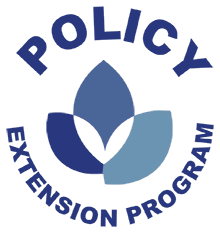The Comprehensive Everglades Restoration Plan (CERP) is a framework and guide to restore, protect, and preserve the water resources of central and southern Florida, as well as for flood protection. Currently, the CERP is described as the world’s largest ecosystem restoration effort and covers 16 counties over an 18,000-‐square-‐mile area with the purpose of restoring the south Florida ecosystem, including the Everglades. The goal of the CERP is to capture fresh water that now flows unused to the ocean and the gulf and redirect it to areas that need it most. Based on the CERP, the majority of water will be devoted to environmental restoration, reviving a dying ecosystem. The remaining water will benefit cities and farmers by enhancing water supplies for south Florida.
Important Items
Sources of pollutants: Pollutants impacting water quality include pathogens, nutrients, sediment, and metals. Currently, the major pollutants found in Florida are nutrients, such as nitrogen and phosphorus, through leaching and runoff.
Wildlife concerns: The expansion of urban areas into natural areas has led to increased wildlife species being placed on the endangered species list. In addition, urban intrusion also leads to increases in invasive species due to increased uses and imports of exotic plants and animals.
Impacts to the environment: Nutrient pollutants can lead to algae blooms in water bodies, including streams, lakes, and others. They can be harmful to humans, wildlife, and tourism. Additionally, the ecosystems have been adversely impacted by invasive species released to the environment and outcompeting with native species.
Impacts to humans: Water quality degradation can lead to human health issues through drinking water and seafood intake. As for invasive species, some species may have high potential to attack people, especially children, and pets.
Water movement and water storage: Water moves between different water bodies, such as surface water (e.g., lakes, rivers), groundwater, wetland, estuaries, and others. Water can be stored in both the surface water system and underground water system.
Water reuse: Due to rapid increase in water demands from increased urban population, water should be used efficiently. One of the strategies is to construct wastewater treatment plants to treat wastewater making it reusable and/or releaseable to the environment for aquifer recharge.

